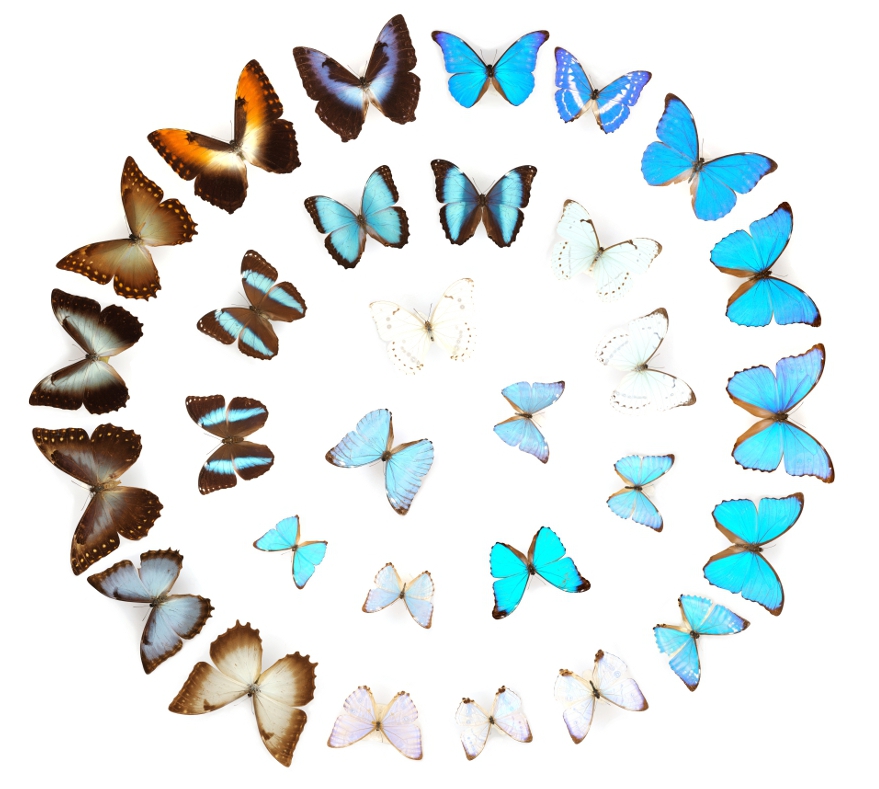Convergences and divergences between species in sympatry: the case of Morpho butterflies
SémIDEEV
14/06/2024
12:00:00
Vincent Debat, MNHN, Paris
IDEEV - Salle Rosalind Franklin
How do closely related species coexist in sympatry? What are the consequences of their interactions on their phenotypes? The evolutionary importance of species interactions is poorly understood. Negative interactions, such as competition, have received much attention and may favour character displacement driving divergence among species. However, positive interactions may also strongly impact the evolution of sympatric species. For example, in protected species, mimicry may drive local convergences. Such convergences might in turn enhance competition, with difficult-to-predict consequences.

I will illustrate these questions by presenting the work conducted in our lab on butterflies from the genus Morpho. Morphos are famous for their iridescent blue colors, but the evolutionary drivers of their diversification are mostly unknown. Many Morpho species are sympatric, with up to 12 species flying in the same localities of North Peru: what are the consequences of such coexistence on their evolution? I will first focus on the evolution of wing shape and flight, illustrating local divergences likely related to competition. I will then present some work on the evolution of colour patterns and iridescence, with a nice case of repeated local convergence. I will end by presenting the perspectives open by our results, and give a preview of our ongoing projects.